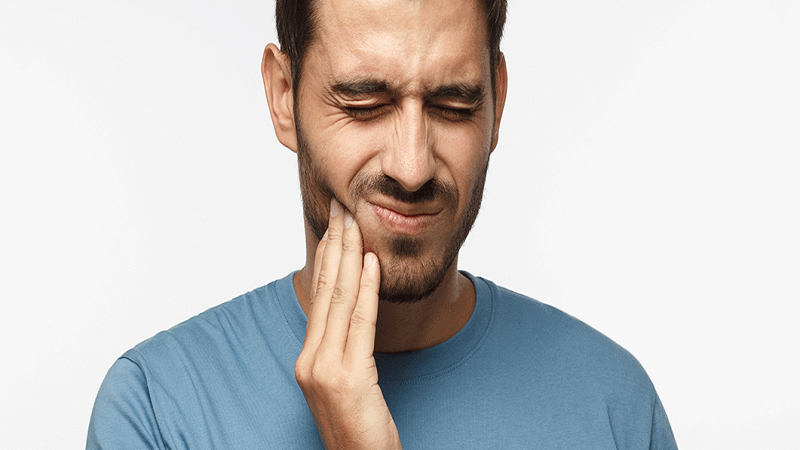The jaw is an important part of our facial structure.
The jaw allows us to speak, chew and perform various movements that are necessary for daily functions. However, certain conditions can affect jaw function and cause discomfort and complications. One of these conditions is dislocation of the jaw, which often appears with a clicking sound. In this article, we will examine the dislocation of the jaw, its symptoms, causes, treatment options, and the clicking sound associated with it..
Dislocation of the jaw
Dislocation of the jaw occurs when the lower jaw bone through Temporomandibular joint (TMJ) It is attached to the skull, to move out of its natural position. This displacement can be partial or complete, leading to significant discomfort and limited jaw function. This can occur as a result of trauma, excessive yawning or opening the mouth wide, or an underlying medical condition that affects the joints and ligaments that support the jaw..
Causes of jaw dislocation
Several factors can contribute to jaw dislocation. Some common causes are::
A blow or blow to the jaw, during an accident or contact sports, can lead to a dislocated jaw..
Opening the mouth too much, yawning too much, laughing or taking a big bite can sometimes cause a dislocated jaw..
TMJ disorders Conditions such as temporomandibular joint disorder (The clicking sound of the jaw is said to be accompanied by a feeling of pain) Or joint hypermobility syndrome can make the jaw prone to dislocation.
Abnormalities of the jaw, including structural abnormalities in the jaw or misalignment of teeth, can increase the risk of dislocation..
Dental Procedures Some dental treatments that require opening the mouth or prolonged stretching of the jaw can lead to jaw dislocation..
Symptoms of jaw dislocation
When a jaw is dislocated, several noticeable symptoms may appear. These can include::
- Pain or tenderness around the joint The jaw
- Inability to fully close or open the mouth
- The jaw is locked in the open or closed position
- Difficulty speaking or chewing
- Swelling or bruising of the face
- Change in the row of teeth
- Headache or earache

Follow Dr. Behnam Khorrami, Isfahan nose surgeon - Isfahan jaw surgeon on Instagram.
Diagnosis of jaw dislocation
To diagnose dislocation The jawA health care professional performs a physical examination, reviews the patient's medical history, and asks about the symptoms experienced.. Imaging tests such as X-rays or magnetic resonance imaging may also be done (MRI) recommend to assess the extent of the dislocation and rule out any associated fractures or injuries.
Treatment of jaw dislocation
The primary goal of dislocation treatment The jaw, safely returning the lower jaw bone to its proper position. This procedure should only be performed by a trained healthcare professional, such as a dentist or oral surgeon, to prevent further damage. Techniques used for jaw repositioning include manual manipulation, muscle relaxation techniques, or the use of local anesthesia to reduce pain and muscle tension..
Recovery and rehabilitation
After a successful migration The jaw, the patient may need a period of rest and limited jaw movement so that the joint and surrounding tissues can be repaired. This may include a soft or liquid diet, pain control measures, and the use of cold or warm compresses to reduce swelling and healing.. In some cases, physical therapy exercises and jaw strengthening techniques may be recommended to restore normal jaw function..
Dr. Behnam Khorrami's page in the clinic 24 View it.
Suggested contents of Dr. Behnam Khorrami's website (Best of nose surgery – Jaw surgeon of Isfahan):
Application of laser in nose surgery